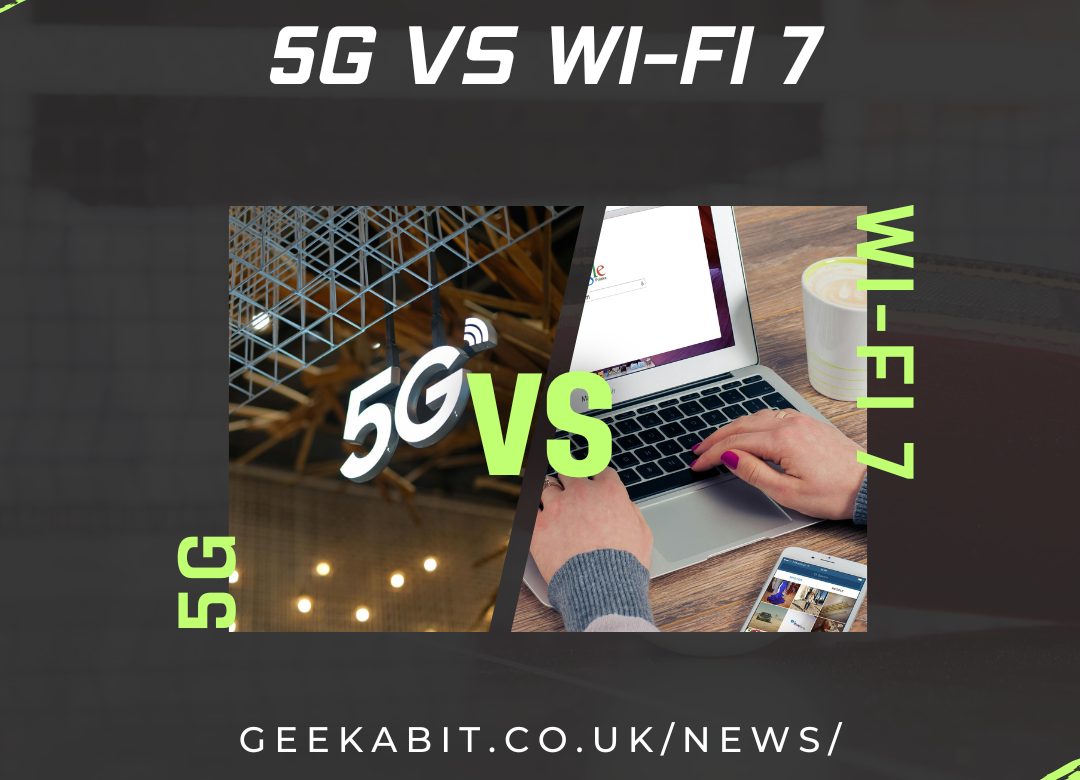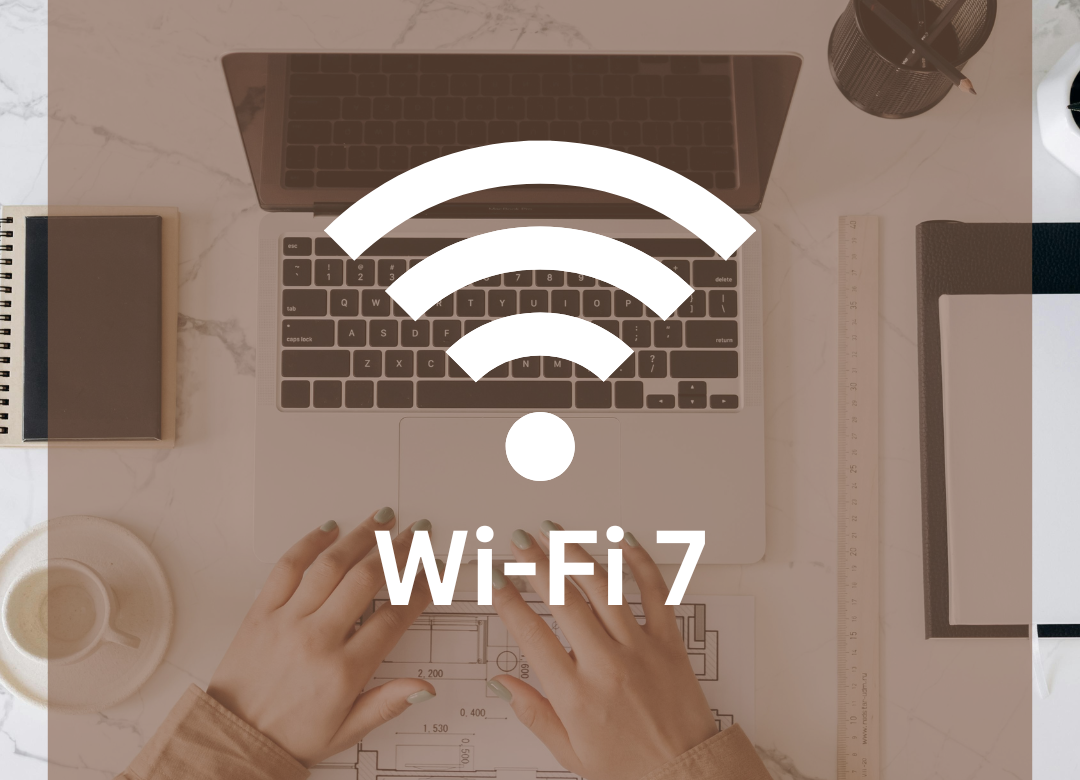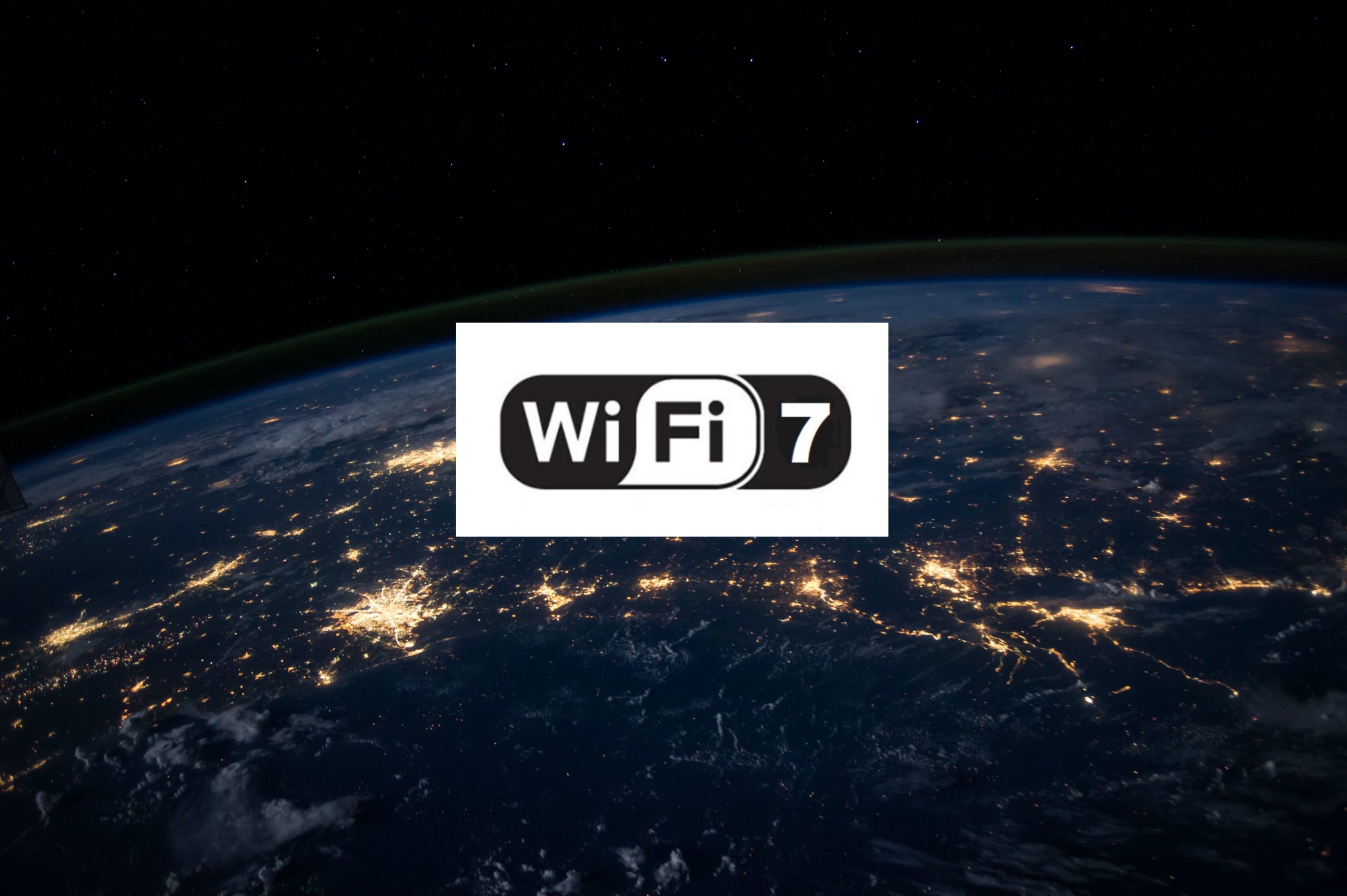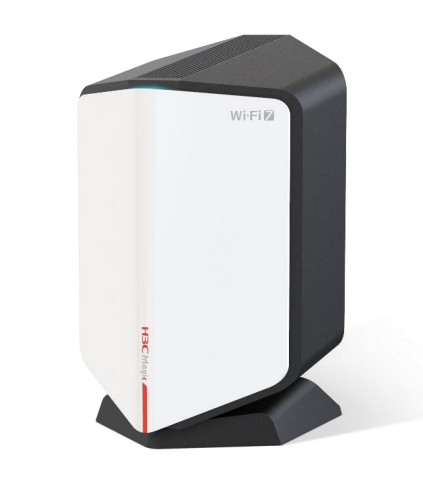The short answer is Wi-Fi 8 UHR (Ultra High Reliability) is being designed to deliver:
- Longer range
- Better reliability
- Improved performance
- More security
For the first time in almost 30 years, the latest standard of Wi-Fi to be released (Wi-Fi 8) will not be arriving with an increase in speed, like the standards that have come before.
Based on the forthcoming IEEE 802.11bn standard, this next generation of Wi-Fi will instead be touting Ultra High Reliability (it’s in the name). It’s expected to start certification at the start of 2028.
This change from speed to reliability shows a strategic shift from merely chasing throughput, to delivering dependable, consistent connectivity to environments dense with devices.
Wi-Fi 8 UHR Designed with User Experience in Mind
It sounds rather obvious, but the main focus with next-generation technology needs to be the end user and their experience.
In everyday life we use applications constantly, the majority sensitive to latency. We need things to work in real-time in a responsive and reliable way.
This ‘always-on’ approach to connectivity has crept forward in importance over an increase of 1 or 2 Gbps.
What’s the use of speed if the reliability isn’t there to back it up? Wi-Fi 8 is all about making the best use of Wi-Fi.
Certification for Wi-Fi 7 Has Begun
If you’re sitting there thinking, wait a minute, we’re chatting about Wi-Fi 8 but have we even got Wi-Fi 7 yet? Well, no. At the start of this year back in January, Wi-Fi 7 began its certification process.
In theoretical terms, Wi-Fi 7 can offer:
- Peak downlink speed of 46 Gbps using 16 spatial streams
- 320 megahertz channels in 6 GHz bands
- 4096 QAM
- Support for Multi-Link Operation (MLO)
Wi-Fi 8 will then follow this up by introducing new capabilities that are not optimised for peak speed. Instead, the new Wi-Fi 8 standard will focus on overcoming alternative obstacles to good Wi-Fi, like environments with jitter, interference, and range issues.
Where Will Wi-Fi 8 Have the Highest Impact?
As well as speed, the new Wi-Fi 8 standard will focus on being consistent and predictable with seamless performance for scenarios with multiple devices and multiple access points.
This will make Wi-Fi 8 most impactful for things like:
- Extended reality
- Cloud-based gaming
- Industrial automation
- Real-time communications
Thus, the scope for a big impact is huge.
The Evolution of Wi-Fi 7 to Wi-Fi 8
Moving from Wi-Fi 7 to Wi-Fi 8 will be less of an abrupt departure from one standard to another, but instead an evolution of technology. In many ways. So how will Wi-Fi 8 deliver Ultra High Reliability?
Let’s have a look at the main upgrades in architecture we’ll see from Wi-Fi 8 UHR.
Range
There will be longer range and higher speeds at a given range with Wi-Fi 8.
- Signal resilience across longer distances will be brought by Enhanced Long Range (ELR) optimisations.
- APs will be able to transmit higher speeds at any given range through unequal modulations.
- Distributed Resource Unit (DRU) technology improves range by spreading resource units across a wider channel bandwidth enabling higher transmit powers.
Interference Management
There will be smarter coordination through Coordinated Spatial Reuse (Co-SR) and Coordinated Beamforming (Co-BF).
- This allows interference to be managed through mesh nodes and APs while sharing spectrum.
- Seamless roaming through Muilti-APs, ensuring better device handoff between APs without degradation providing a smoother user experience.
Improved Error Correction
Improved error correction and roaming will improve reliability.
- Error correction at range and in noisy environments is enhanced with Low Density Parity Check (LDPC) coding.
- Higher speeds at a given distance are possible with more Modulation Coding Scheme (MCS) options, providing more granular rate selection and more precise matching to real-time signal conditions.
Adaptive Channel Access
Adaptive channel access and smarter spectrum use will help improve throughput and reduce bandwidth waste.
- APs can dynamically assign sub-channels to different clients based on changing situational conditions via Dynamic Sub-Channel Operation (DS).
- Non-Primary Channel Access (NPCA) enables data transmission on side channels when the primary channel is congested.
- DSO and NPCA respectively reduce bandwidth waste and improve effective throughput.
Stronger Security
Malicious actions that could potentially disrupt Wi-Fi based services and jeopardise user security like jamming or spoofing can be prevented via Wi-Fi authentication and management frames being encrypted.
Wi-Fi 8: Reliability Over Speed?
Obviously as Wi-Fi users we want speed. We want, and have come to expect, a fast connection wherever we are, whether it’s for work or leisure time. But actually – What’s the point of having that theoretical speed sitting there, if the connection isn’t reliable? How frustrating is it to have that video call freeze or the internet drop out at a crucial part of an online game?
Reliability is key – It’s what users in real life want and need. Previous Wi-Fi generations have been all about speed so we’ve got that box ticked already, but what Wi-Fi 8 brings is what people need for the way we use our devices – Ultra High Reliability.







